Tags: Chandra X-Ray Observatory
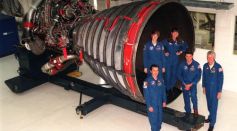
NASA’s Chandra X-Ray Observatory Utilizes Star Radiation To Hunt for Habitable Exoplanets: How Does This Help Know if Planet Can Sustain Life?
NASA's Chandra X-ray Observatory Faces Imminent Budget Cuts, Sending Shockwaves Through Scientific Community

NASA's James Webb Space Telescope, Chandra X-Ray Observatory Find Most Distant Black Hole Ever Seen
Great Eruption From 2 Massive Stars 180 Years Ago Featured in NASA’s Chandra X-Ray Observatory’s Stunning Video
Supermassive Black Hole in Messier 84 Galaxy Expels Hot Gas, Creating ‘H’ Shape
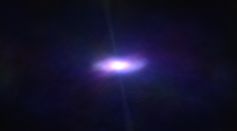
Black Hole Jet Observations Shed Light on Particle Acceleration That Generates X-Rays

NASA Shares Stunning Cosmic Wonders Captured by James Webb Space Telescope and Chandra X-Ray Observatory
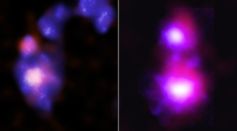
NASA's Chandra X-ray Observatory Spotted Two Pairs of Supermassive Black Holes on Collision Course

NASA Hubble Space Telescope, Chandra X-Ray Witness Star Trying To Resurrect After Violent Explosion

Nebula NGC 2392 Seems to Send a Creepy Message as Its Sonification Goes Viral; Can You Depict It?
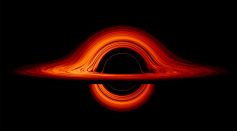
Chandra Telescope Captures Intermediate Black Holes in Star-Filled Galaxies, Explains How They Obtain Absurd Sizes
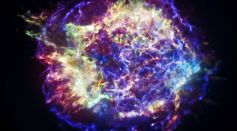
Inner Nebula in Cassiopeia A Supernova Discovered to Move Inwards; Bizarre Expansion Suspected as Collision Against an Object

NASA Shares Breathtaking Cosmic Phenomena Resulting From Interaction Of Merging Galaxies, Star And Guitar Nebula [See Photos]
X-Ray Magnifying Glass of Chandra Gives Enhanced Resolution of Distant Black Holes, Sheds Light on Possible Black Hole System in Early Universe
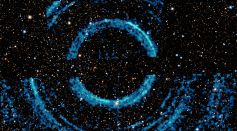
V404 Cygni Microquasar: Newly Released Images of Black Hole's X-ray Rings Reveal Invisible Space Dust Between Stars
Beauty After Star Explosions: NASA Shares Photo of 300-Year-Old Cassiopeia A, Supernova Remnant

NASA Chandra Captures Abell 1775 Collision, Slingshot Recorded From Galaxy Clusters
Red Dwarfs: Can Humans Live on Exoplanets Orbiting the Most Common and Long-Lasting Stars in the Galaxy?
Did NASA Just See 'Pulsar SXP 1062' Hidden In Supernova Remnant?

X-Ray Data Reveals First Planet Candidate From Another Galaxy
Most Popular

Largest Known Volcanic Aquifer Discovered Beneath Oregon's Cascades

New 'Supergiant' Sea Bug Found in South China Sea, Named After Darth Vader

Mediterranean Sea Was Refilled by a Catastrophic Flood Millions of Years Ago

Mysterious Cosmic Waves That Sound Like Birds Detected in Unexpected Space Region





